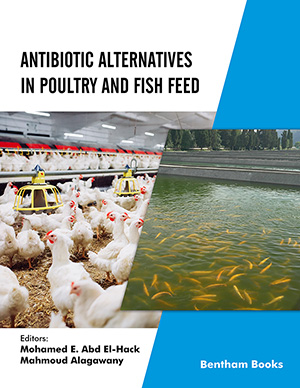Abstract
Recently donkey milk has been the focus of several studies because of its special nutritional properties and composition, which is very close to human milk. When a mother cannot breastfeed, or chooses not to breastfeed, the use of a milk substitute must provide the best option to meet the nutritional and health needs of the infant. Donkey milk has been widely used in the past to replace human milk, because chemical composition and protein content are close to that of human milk, and also because the allergenicity of donkey milk is low. The recent studies of the paediatric scientists have demonstrated that infant formulae, which are based on dairy cows milk, are less adapted than donkey milk. In fact, donkeys milk digestibility is higher than cows milk and similar to human milk, because of the high whey proteins content and the few casein content. Since donkey milk supply is related to its seasonal availability during the year, in this study were evaluated the effects of a specific technological treatment (spray-dryer) and a particular storage temperature (-20°C) on the protein fractions of donkey milk. The results obtained in fresh, frozen and powdered donkey milk showed different values in total proteins, caseins, whey proteins and lysozyme content. The article presents some promising patents on protein fractions among fresh, frozen and powdered donkey milk.
Keywords: Donkey milk, protein fractions, powdered milk, frozen milk, lysozyme
 24
24


















